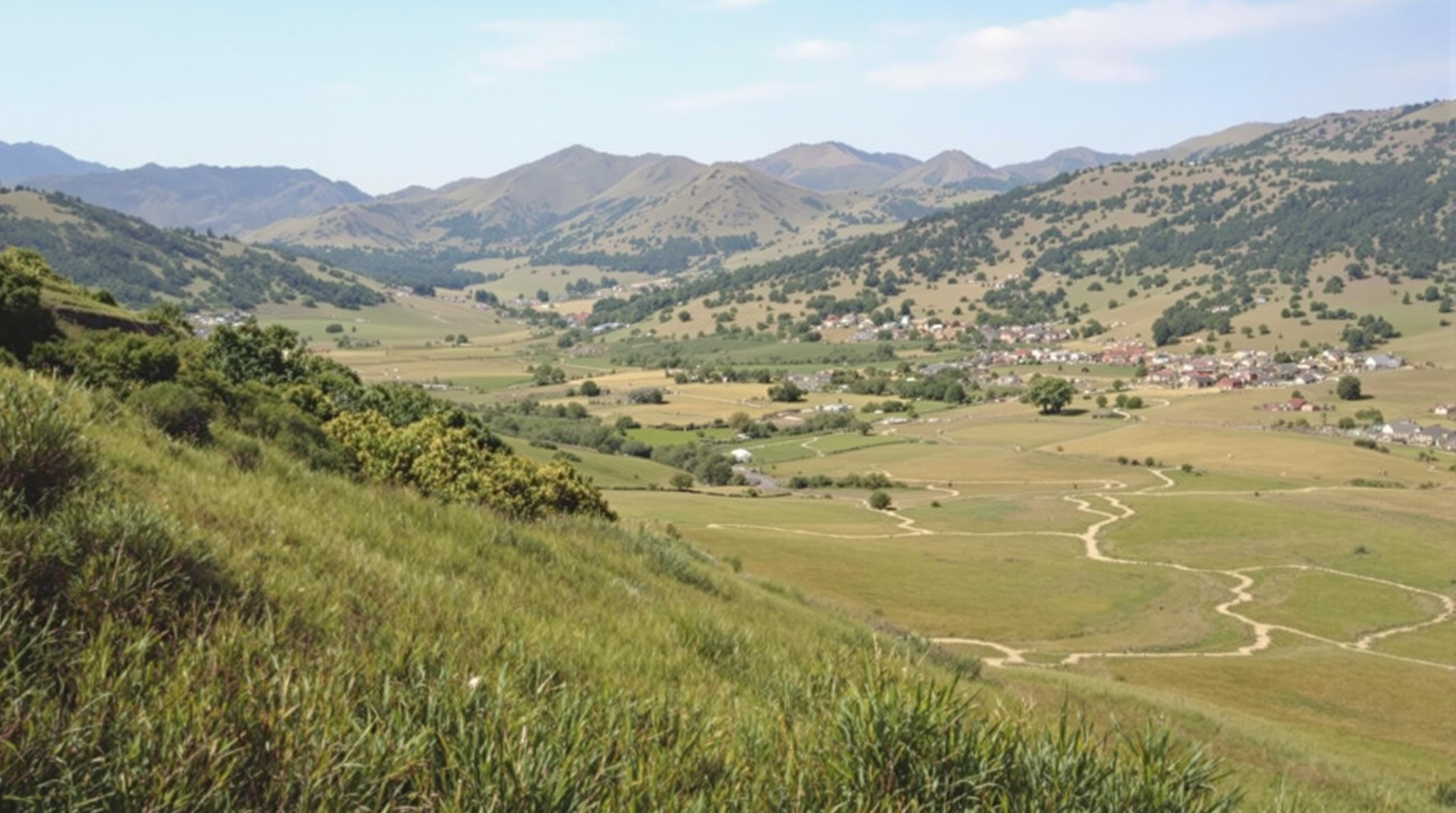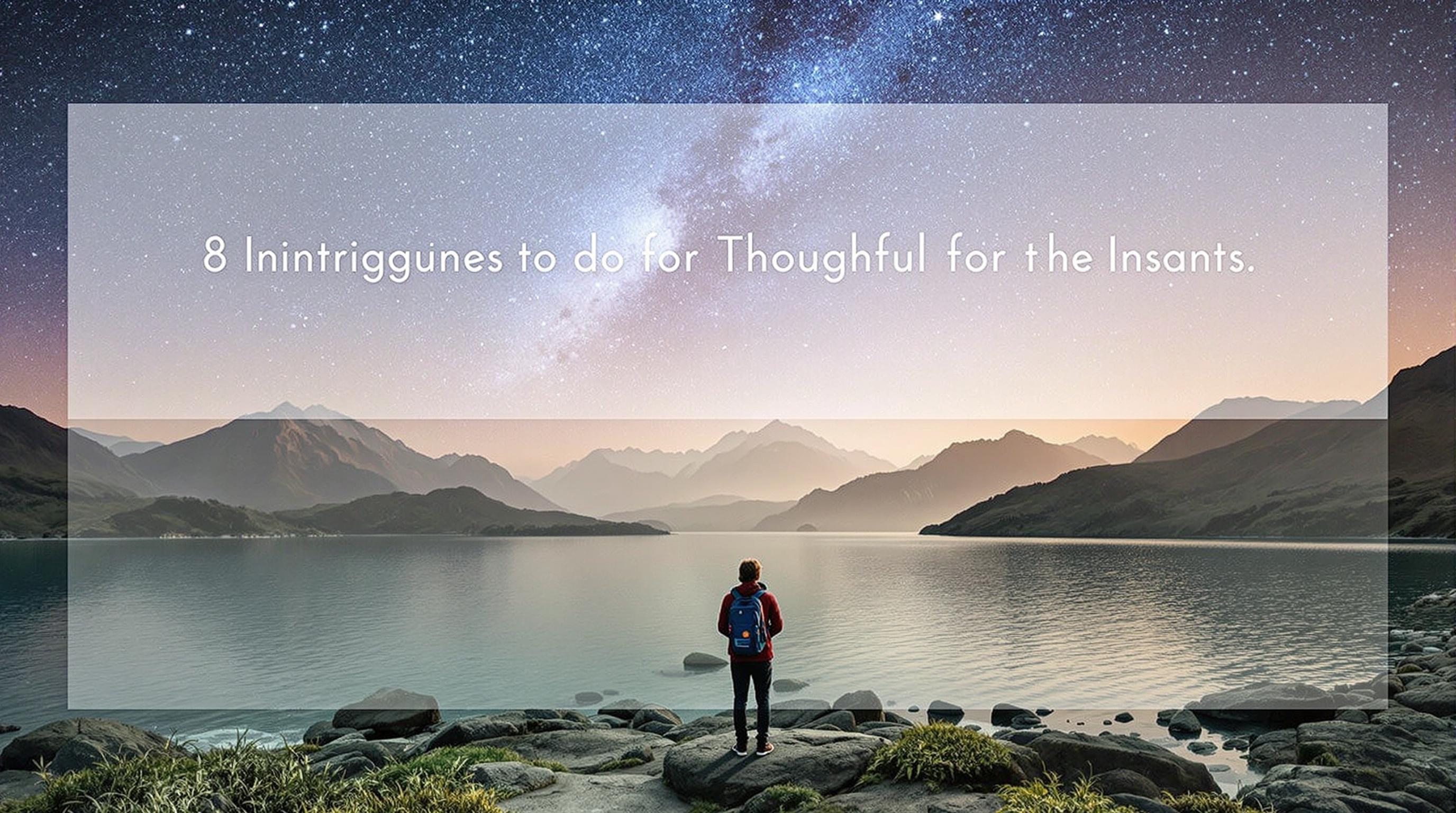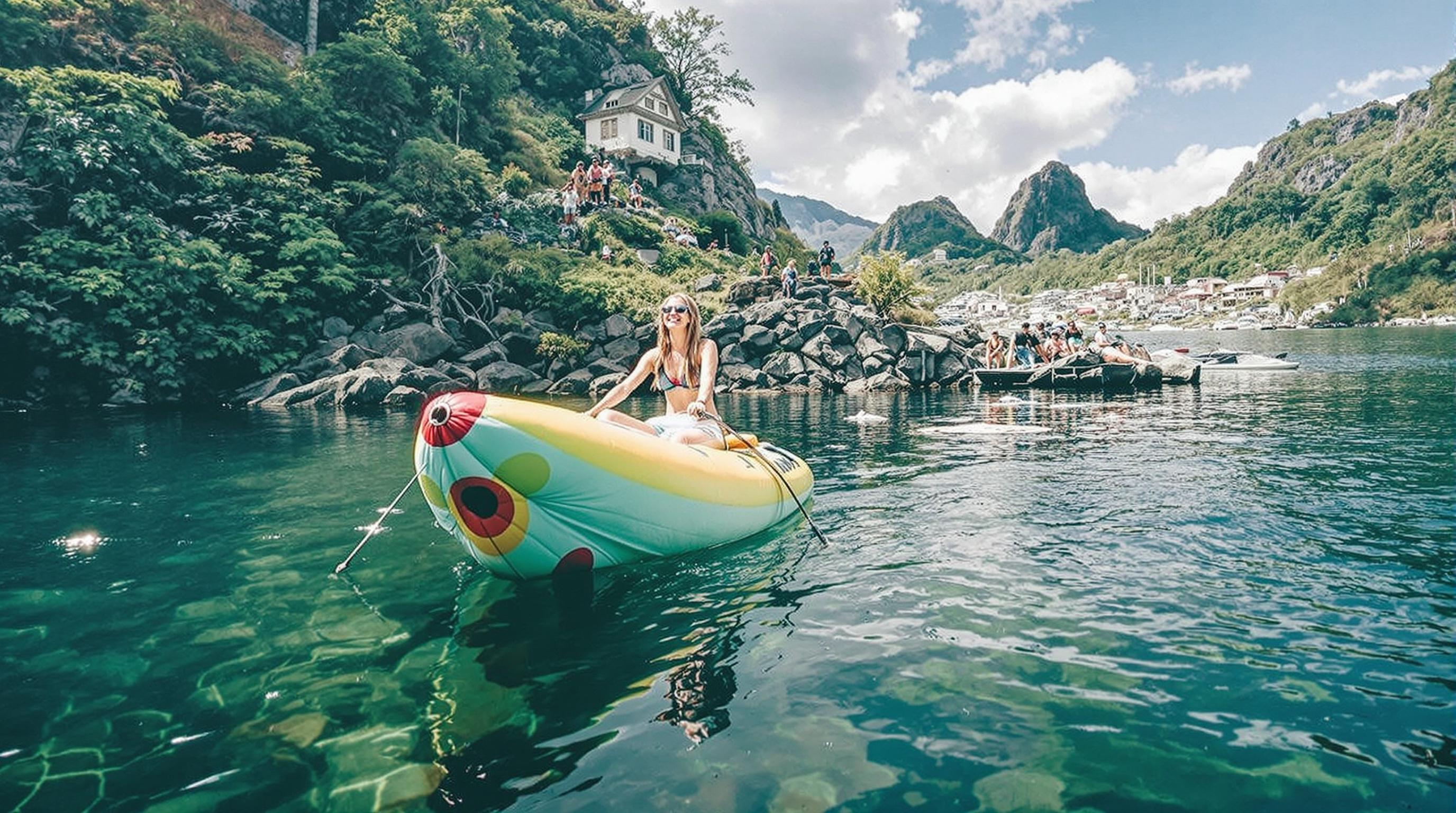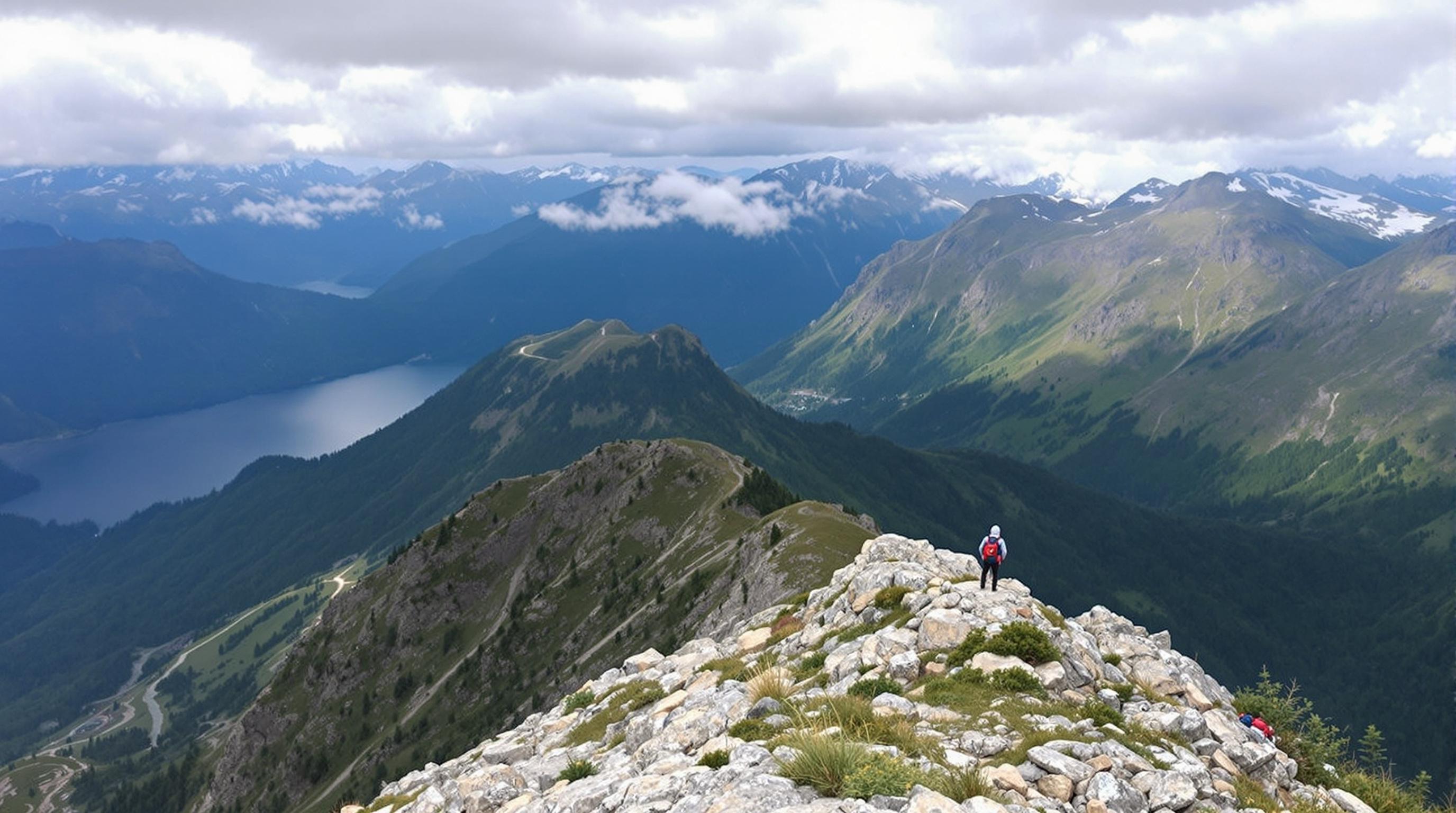Related Articles
- Navigating Ethical Travel: The Role of Arts and Crafts in Supporting Local Economies and Cultures
- Rediscovering Ancestral Routes: How Ancient Trails Offer Insights into Sustainable Travel Practices
- The Ethical Dilemma of Luxury Travel: Splurging or Supporting Sustainable Development?
- Navigating Ethical Dilemmas: The Quest for Authenticity in Local Food Experiences While Traveling
- Beyond the Facade: Exploring the Subsurface Infrastructure of Iconic Historical Structures
- Curiosities Unearthed: The Surprising Connections Between Historic Sites and Modern Art Movements
Rediscovering Ancestral Routes: How Ancient Trails Offer Insights into Sustainable Travel Practices
Rediscovering Ancestral Routes: How Ancient Trails Offer Insights into Sustainable Travel Practices
Ancient trails do more than connect destinations; they connect us to our history and offer valuable insights into sustainable travel practices. By retracing these ancestral routes, we can learn how native cultures harmonized with their surroundings—a vital lesson for modern sustainable tourism.
The Ancient Trails: A Lost Art of Navigation
Picture a sun-drenched path winding through towering trees, untouched by the modern world. Ancient trails, like those used by Indigenous peoples, were often designed to optimize natural resources while minimizing environmental impact. According to the United Nations World Tourism Organization (UNWTO), over 1.5 billion international tourists traveled in 2019, raising concerns about our planet's sustainability. However, these ancient routes remind us how things used to be—a harmonious coexistence with nature.
A Journey Through Time: The History of Ancestral Routes
Let's take a jaunt down memory lane. The Inca Trail, for example, was established over 500 years ago and linked the ancient civilization with its sprawling empire, effectively managing travel without the modern conveniences we take for granted. The trail is not merely a footpath; it’s a testament to the ingenuity of an entire community that embraced sustainability, utilizing local materials and respecting the flora and fauna along the way.
Statistics That Matter
Did you know that ancient trails can help reduce carbon footprints? A study published in the journal *Environmental Management* showed that hikers who opted for local trails instead of aircraft travel decreased their overall emissions by 90%. Comparatively, tourism often emphasizes visiting far-off lands, promoting the idea that the more distant the destination, the better the experience. In reality, we can tap into our surroundings and experience beauty through the lens of history.
Rediscovering Lost Wisdom
As we embark on our travels, we have much to learn from ancestral wisdom. Take, for instance, the ancient trade routes in Europe, where paths in the Alps were once bustling with traders and travelers. These trails were carefully mapped and utilized local resources like wood and stone, which were not only sourced but responsibly harvested. Fast forward to today, this localized approach is coming back in vogue as travelers seek to minimize their footprint.
Case Studies: Learning from Indigenous Cultures
Examples abound when we look at the practices of Indigenous cultures. The Maori of New Zealand have long valued a sacred relationship with their land, demonstrating sustainable fishing methods and forest management techniques that have stood the test of time. Their respect for “kaitiakitanga,” or guardianship of the ecosystem, holds immense value in today’s tourism industry. This relationship fosters a sense of stewardship that travelers can adopt as part of their itineraries.
Modern Interpretations of Ancient Wisdom
In South America, the modern-day Salkantay trek has become a popular alternative to the classic Inca Trail, but it mirrors similar governing practices from the past. Guided groups often emphasize local customs, cooking with local produce, and engaging with community members—ensuring that tourism benefits everyone. In one study, it was found that local economies increased by 30% in areas that promoted sustainable trekking, illustrating a win-win scenario.
The Great Debate: Nature vs. Development
Now, let’s take a moment to tackle the elephant in the room. As travel increases, pressure mounts for development. Is there even a solid argument for prioritizing ancient pathways over new roads? Sure! A staggering 70% of tourists in the U.S. prefer to visit destinations that prioritize sustainable practices, according to a report by Booking.com. Keeping our ancestral routes preserved can enhance local identities while simultaneously hugging Mother Nature.
Encouraging Sustainable Travel Habits
So how can we, as travelers, get involved? First, seek out trails that are well-maintained but less commercialized—those that allow for an immersive experience with the locals. Share your experiences using social media platforms that promote eco-friendly travel; platforms like “Leave No Trace” can provide excellent guidelines, making sustainable travel as casual as posting your next brunch. Did I mention that 93% of travelers are influenced by social media? That's reason enough to share our adventures responsibly!
Adventure Awaits: Connecting with Nature
But beyond statistics and effective practices, there’s the experiential side of traveling these routes—the stories waiting to unfold. Imagine sailing along the ancient silk roads, where tales of explorers and conquerors have echoed through millennia. Every stone and path we tread comes with a connotation, glimmering with firsthand accounts of joy, hardship, and resilience.
The Influence of Nature on Mind and Body
Studies have shown that spending time in nature can reduce anxiety and improve overall mood (Kaplan & Kaplan, *Environmental Psychology*). Walking on ancient trails does not just connect you to the past; it connects you to something deeper within yourself. The rhythmic crunching of gravel or leaves beneath your feet serves as an anchor to the present moment, urging you to embrace the profoundly calming influence of nature.
The Ripple Effect of Ancestral Wisdom
Now, let’s switch gears and vote for a little humor. Ever heard of the ‘trail mix dilemma’? You stop for a snack, and somehow, a tiny portion of your mix ends up on your jacket, making you smell like a sweet-scented guinea pig. Embracing the wisdom of the past starts even in your choices—the less packaged and store-bought your food, the more sustainable your traveling style. Plus, snacks that are biodegradable or reusable? Double points!
Incorporating Ancestral Routes into Your Travel Plans
As an 18-year-old traveler with a zest for adventure, I can assure you that incorporating these trails into your travel plans is a rewarding experience. Apps like “AllTrails” and guides like “National Geographic’s Best Hikes in America” provide a gateway into discovering ancient pathways that often go unnoticed. Set your GPS to tranquility; let history be your guide!
Conclusion: A Call for Ancestral Appreciation
The overarching truth is that ancestral routes offer more than picturesque views; they provide a framework for sustainable practices we can adopt as travelers. As we lace up our hiking boots and immerse ourselves in nature, we not only discover the beauty of our world but also honor the cultures that have respected it long before us. To embark on this journey is to partake in a responsibility that reaches far beyond personal enjoyment—it’s about sustainability, appreciation, and stewardship of nature itself.
So, why wait? Grab your walking shoes, pack that eco-friendly trail mix, and set forth on the ancient paths awaiting rediscovery. Let’s reconnect with the world around us and retrace our steps not just through space but also through time, making every journey an homage to those who came before us.





